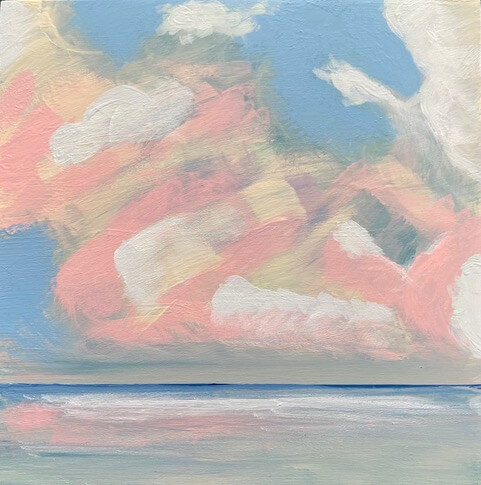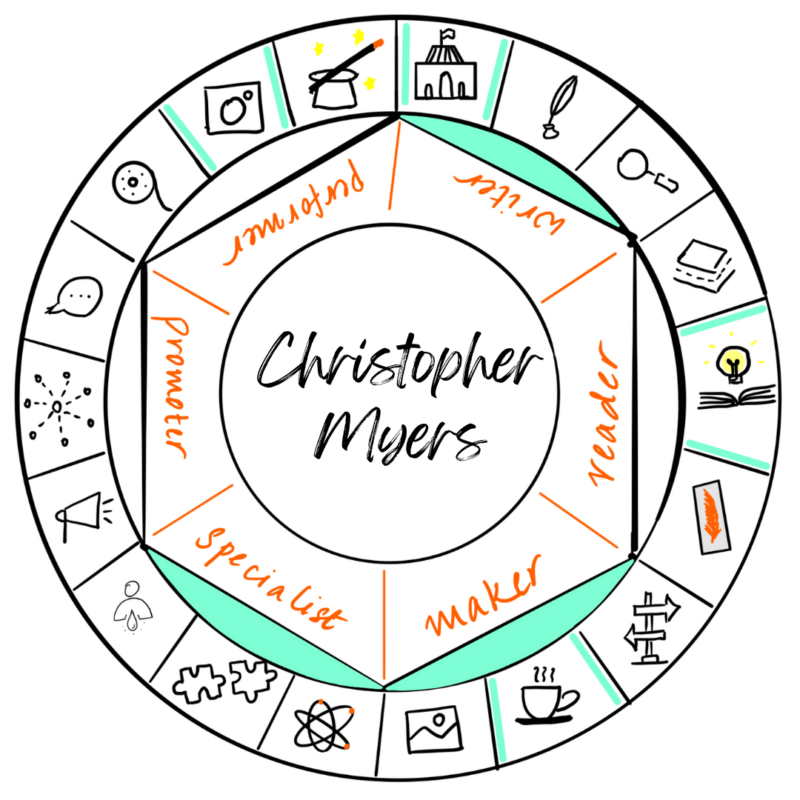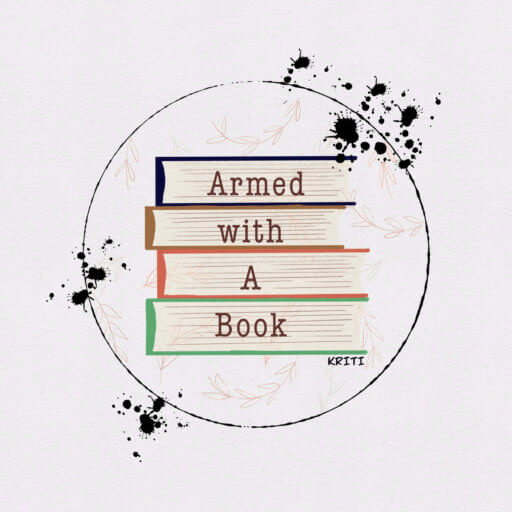Happy Friday, friend! Today, I am sharing another creativity related post with you. In this one, Christopher Myers writes about hope in creativity. Betsy introduced me to him as he is one of the authors in the Clubfoot Connections anthology. His About Me page is a memorable one for me. Christopher is all about “Living and working as an ARTIST”. His words about writing and painting deeply resonated with me and I am honored to host him and learn from him.
Hope in Creativity
A guest post by Christopher Myers
Being creative is like breathing, we must use that spiritual organ, or our spirit dies.
That came to me as I began writing this guest blog on creative living. I feel passionate because of the abundance I’ve found in the realm of creativity versus what the lack of creativity offers: meaningless tedium. A friend of mine said, while walking around The Metropolitan Museum of Art in New York City during our college years, “Art must have hope, or it’s meaningless.”
I’ve carried that opinion with me my whole life, and it’s kept me out of a lot of undesirable creative scenes. It’s a standard of sorts. I’ve worked at Disney, Mattel, and Universal, and had clients of the same caliber both commercially and privately. What makes hope a standard becomes clear when a client, of any description, asks you to perform a design service or write something or do anything creative that doesn’t have hope. It’s soul-killing.
Here’s what I mean by hope in art and design. My design has always been about making the client happy. It’s not about a personal style or statement of skill. My heart is glad when I’m in design that uplifts—that’s good design. Being in this kind of design or having that sort of art on your walls or in your studio is not being conscious of it. It makes you smile; it doesn’t drain you. Soul-killing art or design is obvious and exacts an emotional toll, like prostituting your abilities for a marketing campaign just to make a buck.


When I began growing in my design skills, it got easier and easier to focus on what mattered—the client’s objective. Then I enjoyed cultivating ideas because the experience of play (using my imagination) and defining the objective would shape the design. It’s a ‘form follows function’ equation. To me, that’s hope. It’s a standard for measuring success in design and art.
Painting is a joyful outlet for my soul—more than hope, the paintings are joyful, reassuring, and soothing. Unlike design, my paintings are done without the pressure of a client. It’s between me and God. When someone asks me to consider painting for them, I do it for the sheer pleasure or I don’t do it.

Spirituality and the inspirational are what I’m drawn to and where I find unbelievable treasures of eternal nature. In travel both long distance or just to the supermarket, I keep my eyes open for the opportunity to see new things and engage in kindness and openness. Yes, even with other shoppers or employees, flight attendants or bellmen. It’s our openness that keeps hope flowing.
In my home and studio rugs, paintings, lamps, sculptures, carvings, and what I’d call fun stuff reminds me of people, places, and ideas I’ve been around that have helped shape me. My grandmother was a florist who sold her dried flower paintings to Bloomingdales, and I still treasure several of them because she taught me a love of natural design and beauty. My aunt was an illustrator and I have her books and paintings to remind me of her skill that flows through my blood.


Hope is referred to as an anchor in the Bible. It’s in the Rhode Island state flag. An anchor holds us in place and gives us time to prepare and take account before we proceed. As an artist, a creative, or a visionary having hope as a standard will propel you into higher places, nobler pursuits, and a more satisfying outlook on life. And this is important for your art.
About the Author

Travels to the Alhambra in Granada, Spain at the age of fifteen stirred Christopher’s passion for writing and outdoor design. He received a BFA from Rhode Island School of Design in Landscape Architecture. As a Walt Disney Imagineer for Paris Disney, his creative skills expanded to set design and art direction, becoming an art director for Universal Studios Japan.
The formidable foundation laid in Los Angeles supported his founding of two design studios in New York, CMM Creative and Just Terraces. The former, a marketing and design consultancy for media clients, and the latter, an urban outdoor design and build company.
“I learned creativity is a fuel source for helping others. For both design and writing clients my goal is to inspire and teach.”
Christopher moved to St Augustine, Florida in 2013 and in 2014, he wrote a weekly faith column, Start From Zero for the St Augustine Record, about daily challenges, spiritual concerns, and starting over. Nominated as an Advisory Board Member for the Salvation Army, he led the design of a client-choice food pantry and an interactive learning garden for the ARC Jacksonville.
Travels throughout Florida have been a passion, intoxicated by the beauty of nature and the power of divinity everywhere he goes. His first book, Seeing What We Can’t See is a ten-year inspirational travel writing project that Christopher is eager to see published.
“My lifelong desire is to share the beauty I discover and express the Divine voice I hear.”
He is currently consulting on Trillium a lavish resort focused on well-being for the RV traveler, creating the outdoor spaces.
Thank you for reading to the end of the post. I hope you enjoyed this guest post. Many thanks to Christopher for sharing some photos. Connect with Christopher on LinkedIn, Facebook, Twitter and his website.
It’s been 12 days of posting and I am going to take the weekend off! I hope you have a great one! 🙂

Be First to Comment